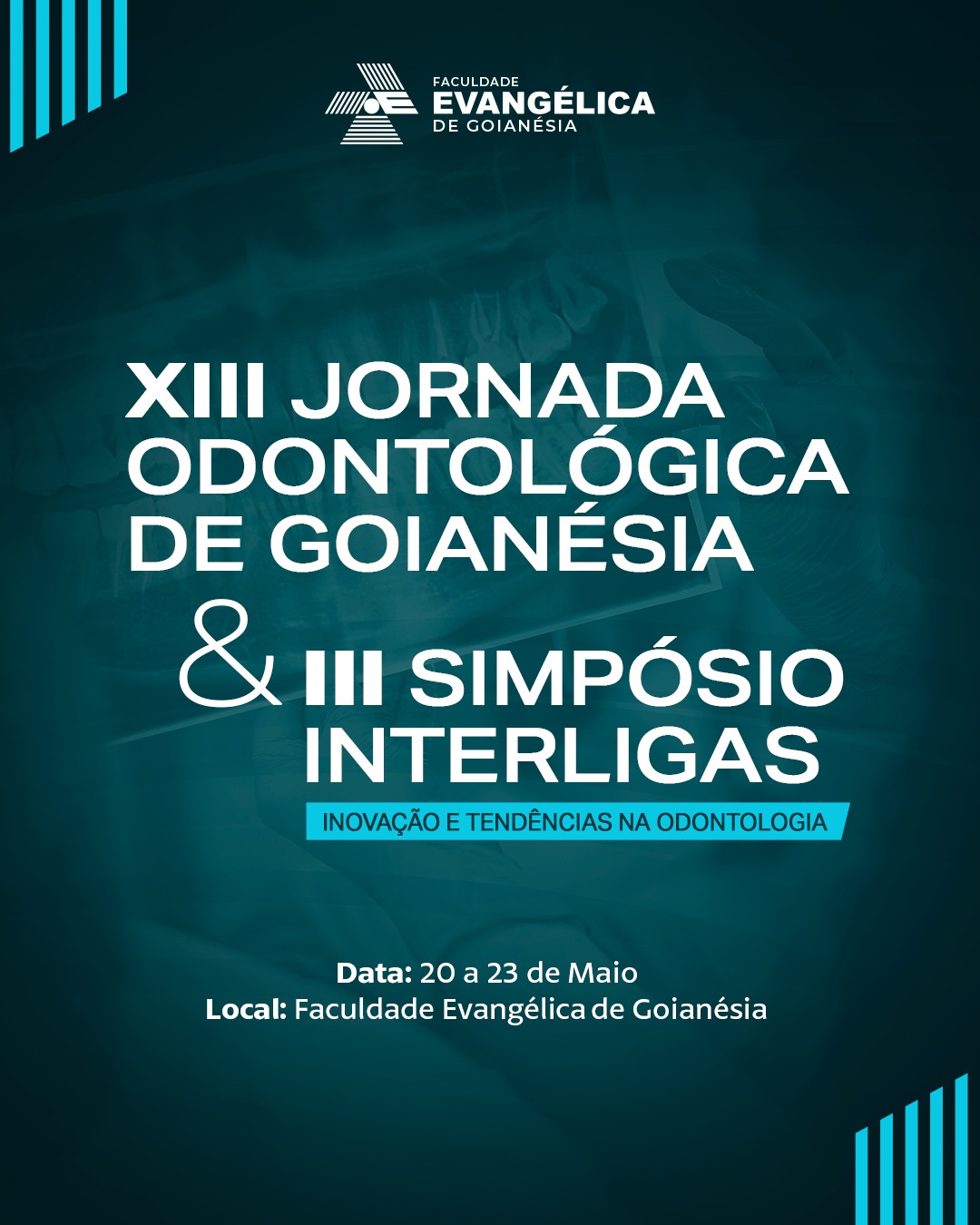ABORDAGEM CLÍNICA E CIRÚRGICA DO FIBROMA TRAUMÁTICO: RELATO DE CASO
Palavras-chave:
FIBROMA ORAL, LESÃO BENIGNA, HIPERPLASIA REACIONAL.Resumo
Introdução: Os tumores benignos da cavidade oral são lesões comuns, geralmente assintomáticas e associadas a traumas crônicos. Dentre eles, destaca-se o fibroma oral traumático (FOT), uma hiperplasia reacional do tecido conjuntivo fibroso decorrente de estímulos irritativos de baixa intensidade, como próteses mal adaptadas, mordidas acidentais, restaurações mal adaptadas e hábitos parafuncionais orais repetitivos. Essas lesões, embora benignas, podem gerar desconforto funional e estético ao paciente, sendo frequentemente identificadas em exames clínicos de rotina. Objetivo: Este trabalho tem como objetivo relatar um caso clínico de fibroma traumático, discutindo seus fatores etiológicos, manifestações clínicas e conduta terapêutica. Métodos: O presente trabalho trata-se de um relato de caso, realizado por meio de uma pesquisa nas bases de dados Pubmed e Google acadêmico com os descritores: “Fibroma Oral”, “Lesão Benigna” e “Hiperplasia Reacional”. Resultados e Discussão: O FOT manifesta-se clinicamente como um nódulo assintomático, de crescimento lento, geralmente séssil, de consistência firme e coloração semelhante à mucosa adjacente. Sua ocorrência é mais comum entre mulheres entre a segunda e terceira décadas de vida, afetando áreas como mucosa jugal, lábios e rebordos linguais. O diagnóstico é clínico e histopatológico, sendo necessário diferenciar de outras lesões como papiloma e hiperplasia inflamatória. O principal tratamento consiste na remoção do agente causal e excisão cirúgica da lesão com
margens seguras. O prognóstico é favorável, com baixa taxa de recidiva quando há remoção completa e adequada. Conclusão: O fibroma traumático é uma lesão benigna frequente na prática odontológica e deve ser identificado precocemente para evitar crescimento, desconforto funcional e estético ao paciente. A correta remoção do fator causal aliada à excisão cirúrgica garante resultados satisfatórios e prevenção de recorrência. Estudos como este contribuem para melhor compreensão clínica e conduta frente a lesões reacionais da mucosa oral, favorecendo o sucesso terapêutico e a saúde bucal do paciente a longo prazo.


